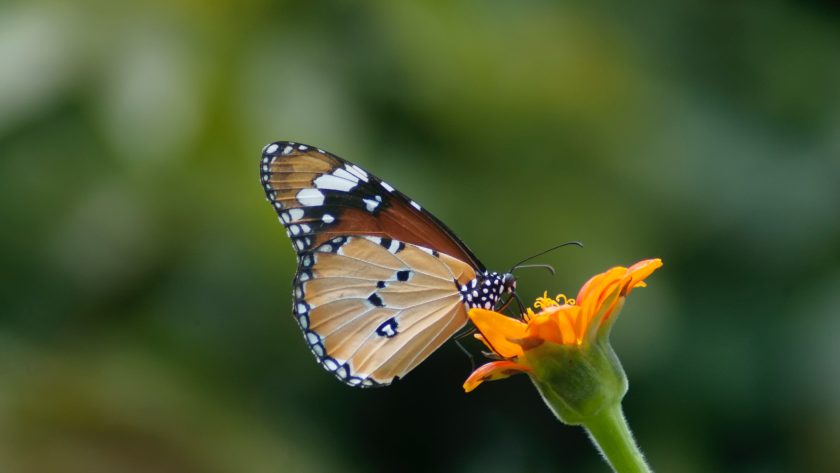In a world where concrete jungles can often overshadow the natural wonders around us, there is an ever-growing need to reconnect with nature and preserve the incredible biodiversity that thrives within it. While traditional gardens may provide a picturesque escape, have you ever wondered how you can take your green space to new heights by attracting the enchanting butterflies to dance amidst its vibrant blossoms? In this captivating article, we delve into the art of creating a butterfly garden to not only infuse your surroundings with ethereal beauty but also foster a thriving ecosystem that celebrates the wonders of biodiversity. So, unleash your creativity and join us on an awe-inspiring journey as we explore the secrets to crafting your very own butterfly haven.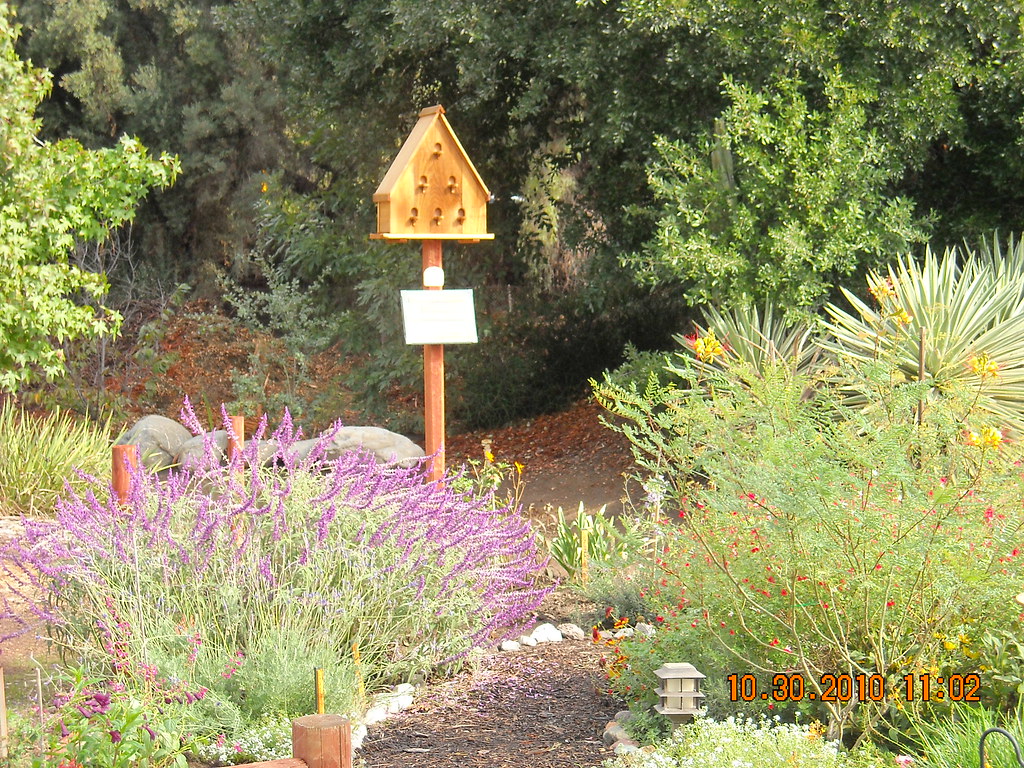
Enhancing Biodiversity: How to Create a Butterfly Garden
Butterflies are not only beautiful creatures to admire, but they also play a vital role in maintaining biodiversity in our environment. Creating a butterfly garden is a wonderful way to promote biodiversity and provide a safe haven for these delicate insects. By following a few simple steps, you can transform your outdoor space into a colorful and vibrant butterfly oasis.
First and foremost, choose plants that are native to your region. Native plants are adapted to the local climate and provide essential food sources for butterflies. Some popular choices include milkweed, butterfly bush, and coneflowers. These plants not only attract butterflies with their vibrant colors but also serve as host plants for their eggs and caterpillars. By having a variety of plants with different blooming periods, you can ensure a continuous supply of nectar for adult butterflies throughout the season.
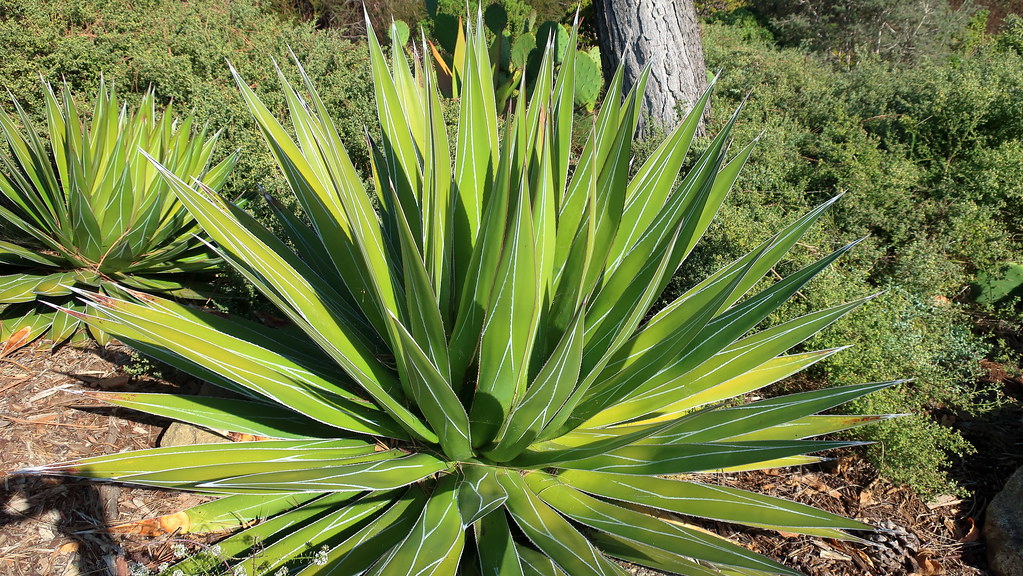
Choosing Native Plants: A Key Element for a Thriving Butterfly Habitat
Creating a butterfly garden not only adds beauty to your backyard, but it also plays a crucial role in promoting biodiversity. One key element to consider when establishing a thriving butterfly habitat is to choose native plants. Native plants are species that naturally occur in your region and have evolved alongside the local butterfly population. By incorporating these plants into your garden, you provide the essential food sources and shelter that butterflies need to thrive.
Why should you choose native plants for your butterfly garden?
- Better adaptation: Native plants have developed a strong genetic makeup that enables them to withstand local environmental challenges. They are adapted to the climate, soil conditions, and pests specific to your area. This makes them more resilient and better equipped to provide the necessary resources for butterflies.
- Food source for caterpillars: Native plants act as host plants for the caterpillars of many butterfly species. These plants contain specific chemical compounds that caterpillars have evolved to rely on for their growth and survival. By growing native plants, you ensure a sustainable source of food for the next generation of butterflies.
- Nectar for adult butterflies: Native plants often produce nectar-rich flowers that adult butterflies rely on for their own nourishment. By selecting a variety of native flowering plants, you can ensure a continuous supply of nectar throughout the butterfly season, attracting a diverse range of butterfly species to your garden.
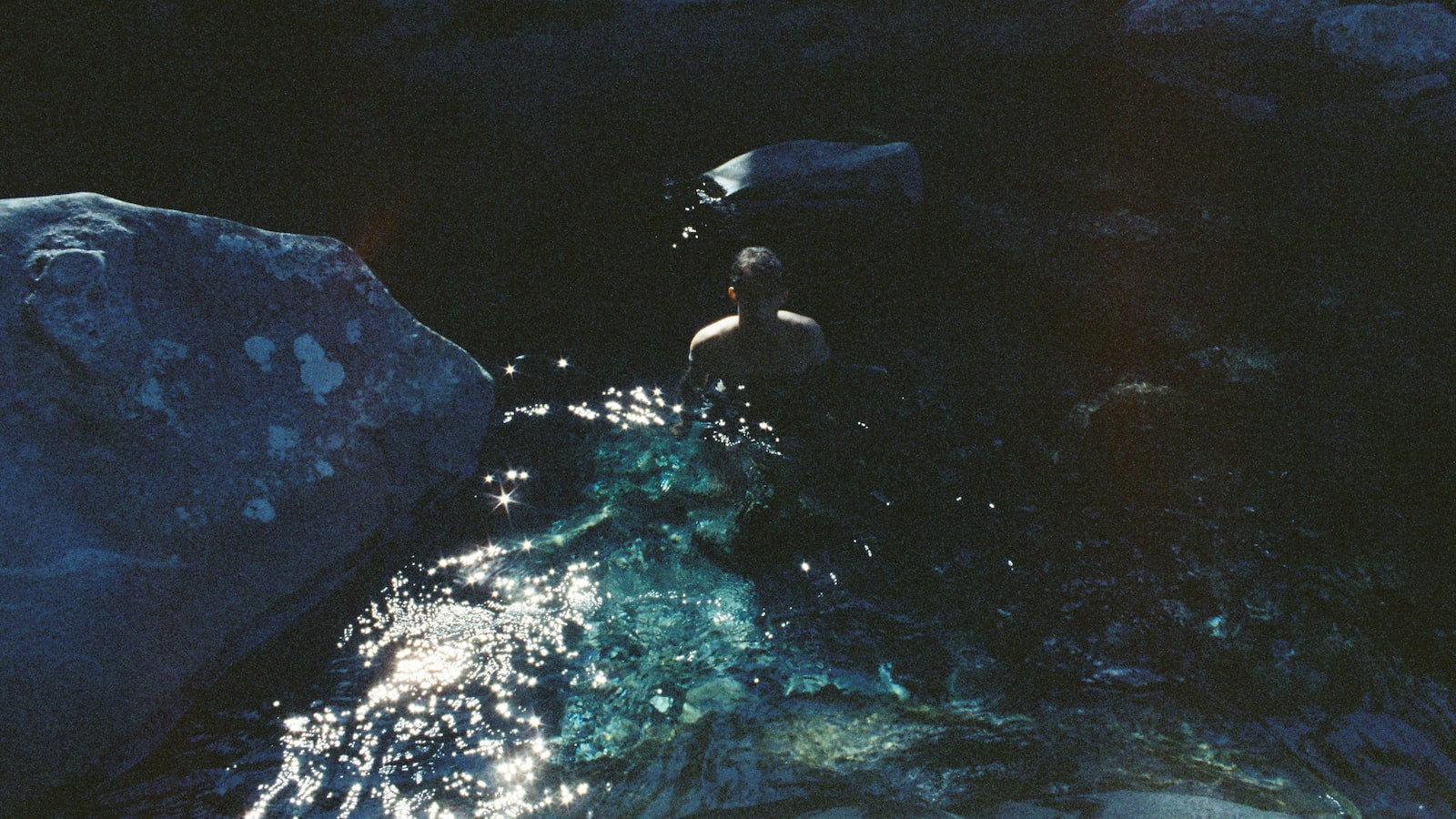
Creating a Welcoming Environment: Water Features and Shelter for Butterflies
One of the best ways to create a welcoming environment for butterflies and promote biodiversity is by incorporating water features into your garden. Adding a shallow pool or a small birdbath not only provides a source of water for butterflies to drink from, but it also serves as a place for them to cool off and refresh themselves on hot summer days. Make sure to place some flat stones or pebbles in the water feature to serve as landing platforms for the delicate insects.
Additionally, creating shelters for butterflies is crucial in ensuring their survival and enhancing the biodiversity of your garden. You can install a butterfly house or make one yourself by attaching several small branches or twigs together to form a cozy roosting spot. These shelters offer protection from unfavorable weather conditions and predators, allowing butterflies to rest and lay eggs undisturbed.
Another fantastic way to attract butterflies to your garden and encourage their presence is by planting a diverse range of nectar-rich flowers. Butterflies are particularly attracted to bright-colored flowers such as marigolds, zinnias, and sunflowers. When selecting plants, aim for a mix of early-flowering, mid-flowering, and late-flowering varieties to provide a continuous source of nectar throughout the season.
Lastly, it is important to avoid using pesticides in your garden, as they can harm butterflies and other beneficial insects. Instead, embrace natural pest control methods such as companion planting or introducing natural predators. By creating a butterfly-friendly environment with water features, shelters, and a variety of nectar-rich plants, you can play a vital role in conserving these beautiful creatures and promoting biodiversity in your own backyard.
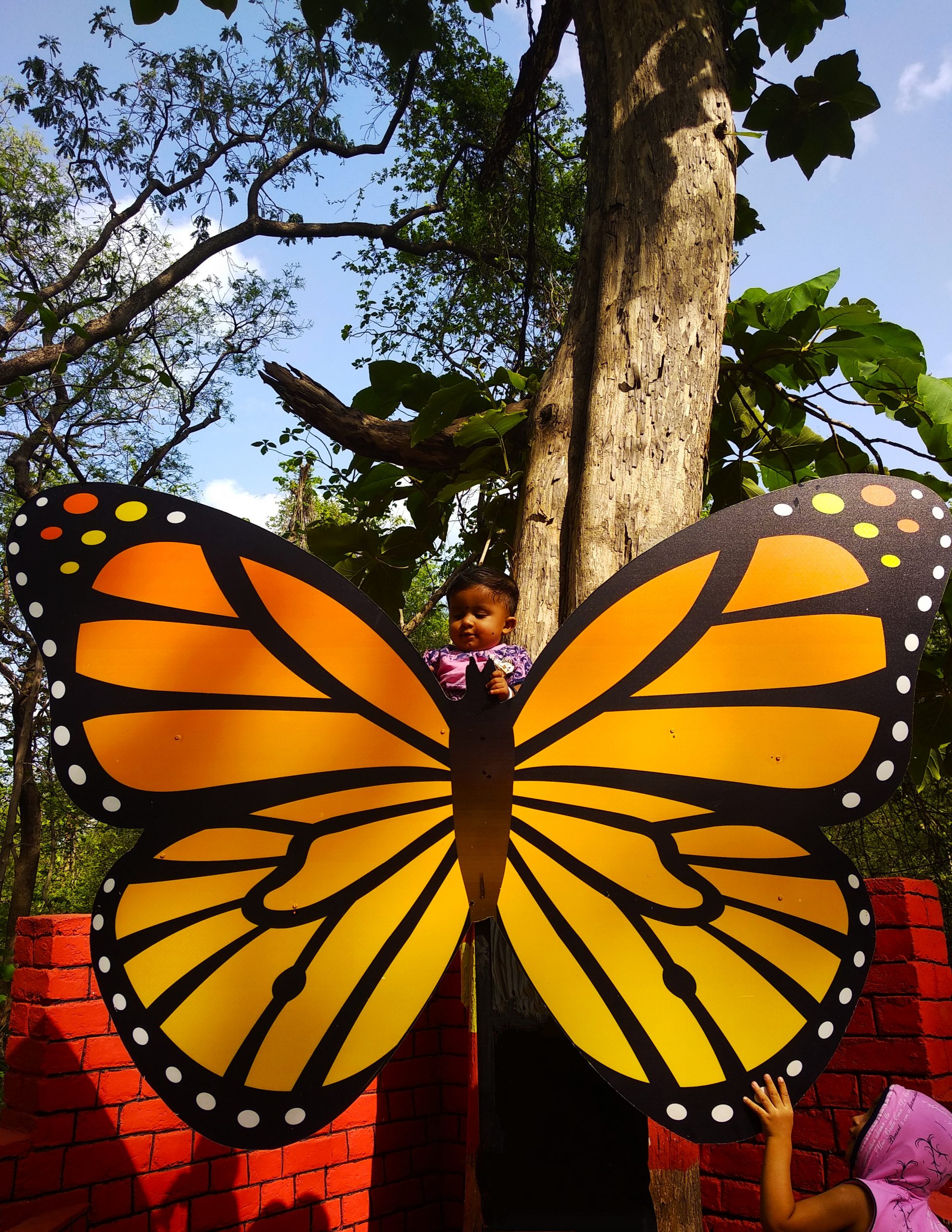
Practical Tips for Maintaining a Butterfly Garden and Supporting Biodiversity
Creating a butterfly garden not only adds beauty to your outdoor space but also helps support biodiversity by providing a safe haven for these delicate creatures. Here are some practical tips to help you maintain a thriving butterfly garden:
- Choose native plants: Opt for species that are native to your region as they have evolved to support local butterfly populations. Research the types of plants that attract different butterfly species and incorporate a variety of flowers, shrubs, and trees into your garden.
- Provide host plants: Butterflies lay their eggs on specific plants known as host plants. Research the host plants for the butterfly species in your area and include them in your garden. This will encourage butterflies to rear their young in your garden, contributing to their lifecycle.
- Create a water source: Butterflies need water for survival, and providing a shallow water source, such as a small birdbath or a saucer filled with wet sand, can attract them. Ensure the water is fresh and clean, and place some flat rocks inside to allow butterflies to perch while drinking.
- Avoid pesticides: To maintain a healthy butterfly garden, say no to pesticides. These chemicals can be harmful to butterflies and other beneficial insects. Embrace organic gardening methods and use natural pest control options instead.
Remember, creating a butterfly garden is a long-term commitment. Regularly monitor your garden, learn about the different butterfly species in your area, and adjust your gardening practices accordingly. By implementing these practical tips, you can enjoy the beauty of butterflies while contributing to the preservation of biodiversity.
As we bring this article to a close, we hope that the enchanting world of butterfly gardens has inspired you to take action and foster biodiversity right in your own backyard. From the delicate beauty of fluttering wings to the vibrant colors that paint the air, creating a paradise for these graceful creatures is not only a gift to yourself but also to the entire ecosystem.
Remember, you don’t need a vast expanse of land to cultivate a butterfly haven. By incorporating native plants, providing shelter, and ensuring a constant supply of nectar, you can transform even the smallest space into a sanctuary that welcomes these mesmerizing insects.
Pour a splash of creativity into your design, experimenting with an artistic blend of hues and textures to create an awe-inspiring spectacle. Let nature’s brush guide your hand and witness the breathtaking transformation as your garden blossoms into a living canvas, attracting a symphony of pollinators.
Embrace the miracle of metamorphosis and the incredible journey of these winged wonders. With patience, perseverance, and a little knowledge, you can witness the miraculous development from humble eggs to graceful larvae, and finally, the emergence of delicate butterflies ready to grace your garden.
As you embark on your journey to create a butterfly haven, never underestimate the power of learning from nature. Observe the behaviors and preferences of these majestic creatures, and allow them to guide your choices and design. Let the dance of sunlight and the gentle touch of a breeze be your guides in cultivating a space where butterflies feel at home.
Together, let us spread our wings and embark on a collective effort to safeguard our fragile biodiversity. Remember, a flourishing butterfly garden is not merely a testament to our creativity but a vital step towards preserving the harmony of Mother Nature’s symphony.
So, grab your gardening tools, don your imagination like a crown, and let your love for butterflies guide you as you create a world of magic, color, and conservation. Start your journey today and watch in awe as your garden becomes a tapestry woven with intricate beauty, welcoming and nurturing the incredible diversity that our planet so desperately needs.

